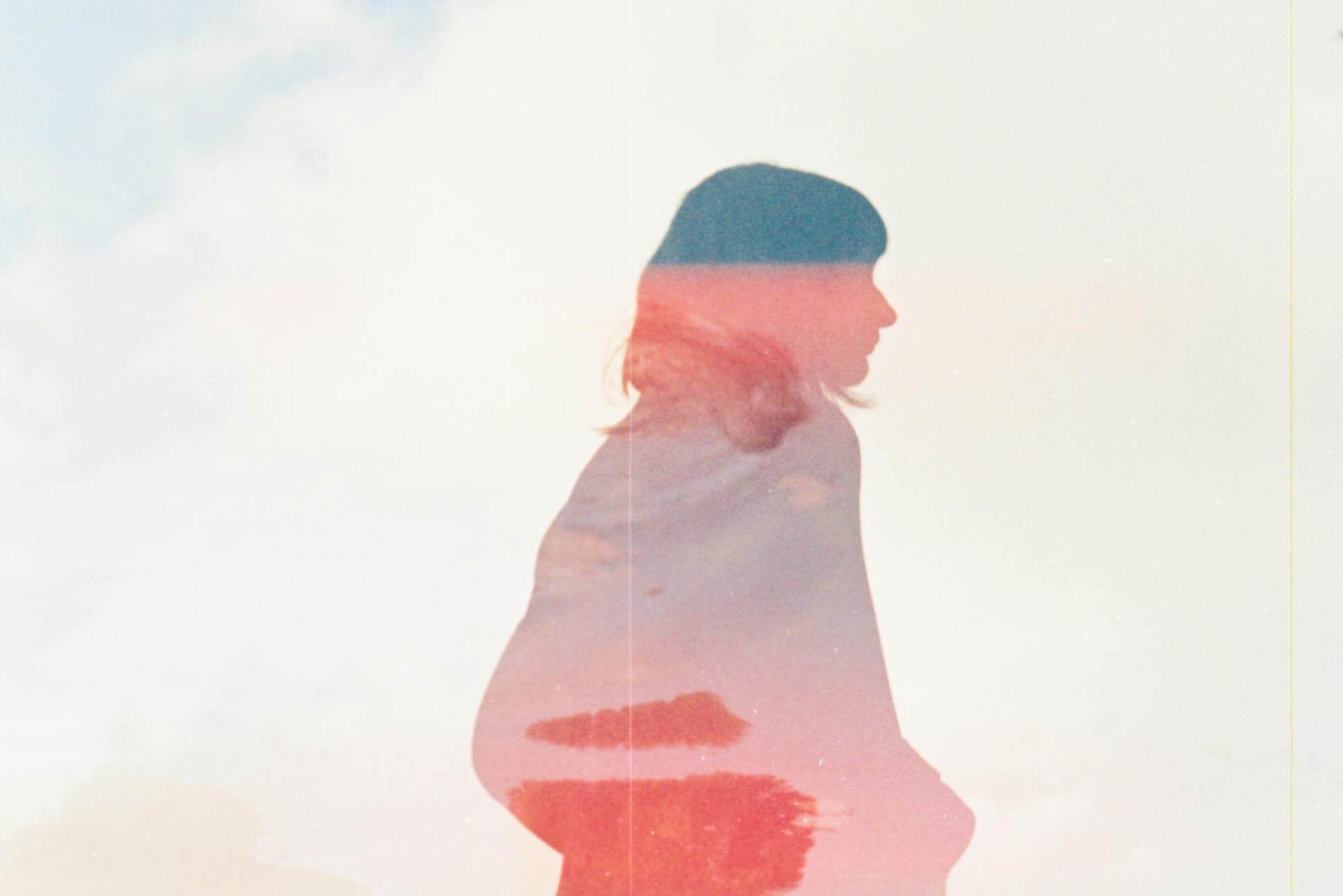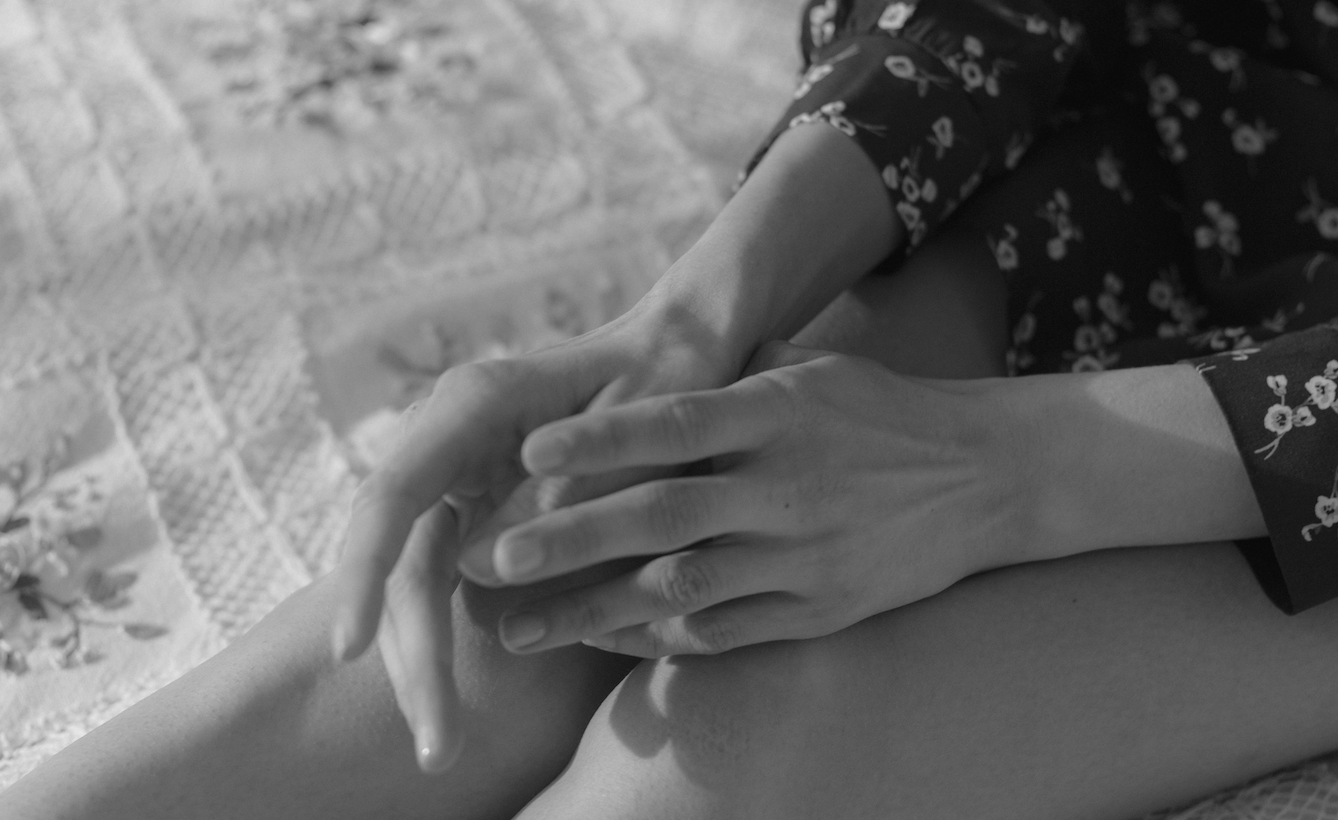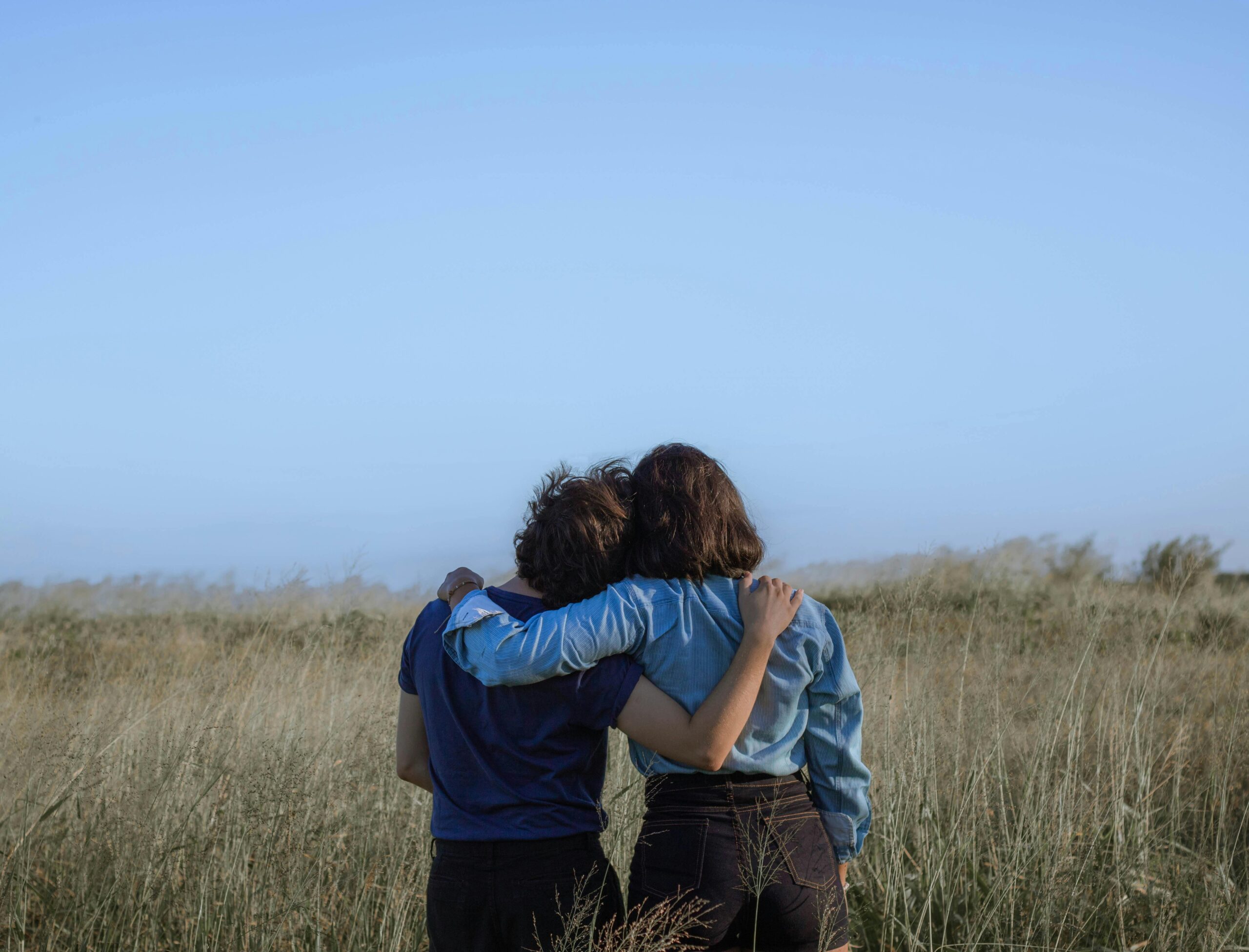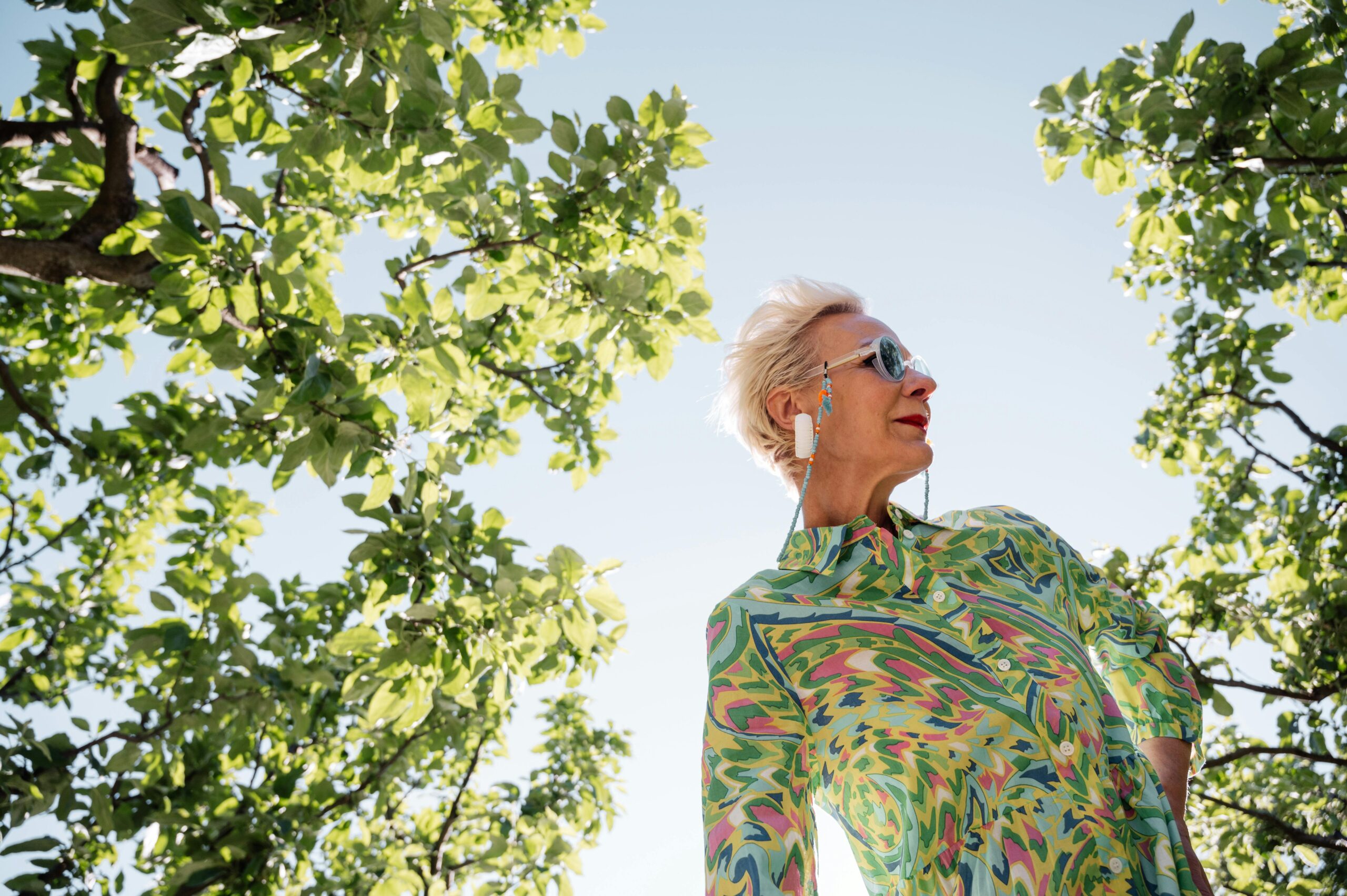
By Patricia Harman
They say write what you know and all my books are stories about women, family, and women’s health, because I’ve spent the last 40 years of my life taking care of them a nurse midwife and a gyn provider. My newest book, ‘Once a Midwife’, from the ‘Hope River’ series, explores how WW2 changed the life of rural women, how it strained community and yet made it stronger.
The protagonist in ‘Once a Midwife’, Patience Hester, does home births, but she and her husband have a little log house on their farm that they call the Baby Cabin. It serves as a cozy birthing center, so that sometimes Patience can do a homelike birth without having to leave her four children.
Nowadays, we think of midwives as radical in their approach to natural labor. They use squatting bars in the birth bed and birthing stools. They let expectant mothers walk or even stand in the shower. Sometimes they even deliver the baby in the tub and I’ve done all that, but when Patience started assisting women as an apprentice midwife in the late 1920s those things were unheard of. The mother labored in bed and fathers weren’t welcome in the room.
In my ‘Hope River’ series, Patience learns new things from her patients all the time. In the excerpt below from ‘Once a Midwife’, she’s begun to experiment with group prenatal care, something some nurse-midwives are currently doing.

The Pregnant Ladies Society
Today is my day for prenatal visits. I used to have patients schedule appointments every month, but it took most of the afternoon and half the people didn’t show up. Now I put an announcement in the Liberty Times about four times a year that says “The Pregnant Ladies Society will meet with midwife Patience Hester at her home on Salt Lick Road from 10:00 to 12:00 on Wednesday. All mothers welcome.” I call the group a society because it sounds more like a social club.
Today I expected five patients for our little group and only three showed up. The first two were Martha Wallace and Ada Mullins. Both are expecting their first babies. Then Hannah Dyer arrived in her late-model DeSoto, a half hour late, her long dark hair flying.
Hannah and John Dyer live on rich bottom land on the banks of the Hope River about five miles south, and she’s pregnant again with her third baby. I took care of Hannah when she had their other two children. She has easy labors and was a delight.
When I’d finished everyone’s prenatal exam, we sat down on the wooden benches in the gazebo, out in the backyard, for peppermint tea and biscuits with honey.
“Today we’re going to talk about labor,” I explain after everyone has been served. “Hannah has had babies before, and I thought maybe she’d tell you about it. What would you like to ask, ladies?”
This is one of the things I enjoy about the group. I’ve found that the women are eager to listen to one another and they seem to learn more than if I give them a lecture or a Health Department pamphlet.

“Well, does it hurt as bad as they say it does?” Martha asks. She’s a tall girl, with a square jaw and thick, short, sandy hair pinned back on the sides like the Andrews Sisters.
“I didn’t know what to expect,” Hannah answers. “My ma had passed and I had no sisters to talk to, but my sister-in-law from Kentucky had her baby at home with a midwife and she told me I could do it.”
“So did it hurt like the bejeezus?” Martha persists.
“No, actually. I’m sure everyone’s different, but at the beginning the pains were just like menstrual cramps that came and went. When it got hard and the cramps were closer I had to keep moving. John, my husband, put some music on to soothe me, but dancing is what helped.”
“You danced through labor?” Martha squints her eyes.
“She did,” I come in. “I’d never seen it before. The harder the contractions got, the faster she danced. I couldn’t keep up with her.”
“You danced too, Mrs. Hester?” asks Ada in her Minnie Mouse voice. She’s wiry and small, has a blond bob with bangs, a sweet country girl. “It sounds like you were having a party.”

“If you think of it, having a baby is a party—a birthday party.”
“What about you, Mrs. Hester? You have four kids. Except for dancing, is there any other way to make the pains easier?” Martha chimes in again, tucking her tawny mane behind her ear.
This is an awkward question. I’ve had very difficult births and don’t want to scare my patients, so I answer indirectly. “Here’s my advice, ladies. Labor is less painful if you stay out of bed. Stay out as long as you can.”
“You aren’t going to make us dance, are you?” Ada squeaks out a laugh.
“Definitely not. But I will walk with you. You can lean against the end of the bed and sway back and forth.” Here I demonstrate by bending over the gazebo rail, wiggling my butt, and they all laugh to see me doing the hoochie coochie.
“I would like Ollie to be there if it’s okay,” says Ada. “He’s been called up for armed service, but because I’m due anytime now the Red Cross arranged for him to have a two-weeks’ delay. Do you think I’ll have the baby by then, Mrs. Hester?”
“There’s a good chance. The man helps make the baby,” I say as I end our meeting. “And if he is willing, he can help it be born.”


PATRICIA HARMAN has spent over 30 years caring for women as a midwife, first as a lay-midwife, delivering babies in cabins and on communal farms in West Virginia, and later as a nurse-midwife on the faculty of Ohio State University, Case Western Reserve University, and West Virginia University. She lives near Morgantown, West Virginia, has three sons, and is the author of two acclaimed memoirs. Her first novel, “The Midwife of Hope River,” was successful around the world. “Once a Midwife” is the fourth book in the Hope River Series. For more information, please visit www.patriciaharman.com

















I’ve read all of Patricia Harman’s midwifery books. Excellent!